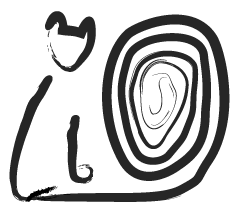Category: Gratitude
-
Back to Nature on Boreas Pass
I keep thinking about the first paragraph of Moby Dick, the whole of which is on my fall reading list. “Call me Ishmael. Some years ago—never mind how long precisely—having little or no money in my purse, and nothing particular to interest me on shore, I thought I would sail about a little and see…
